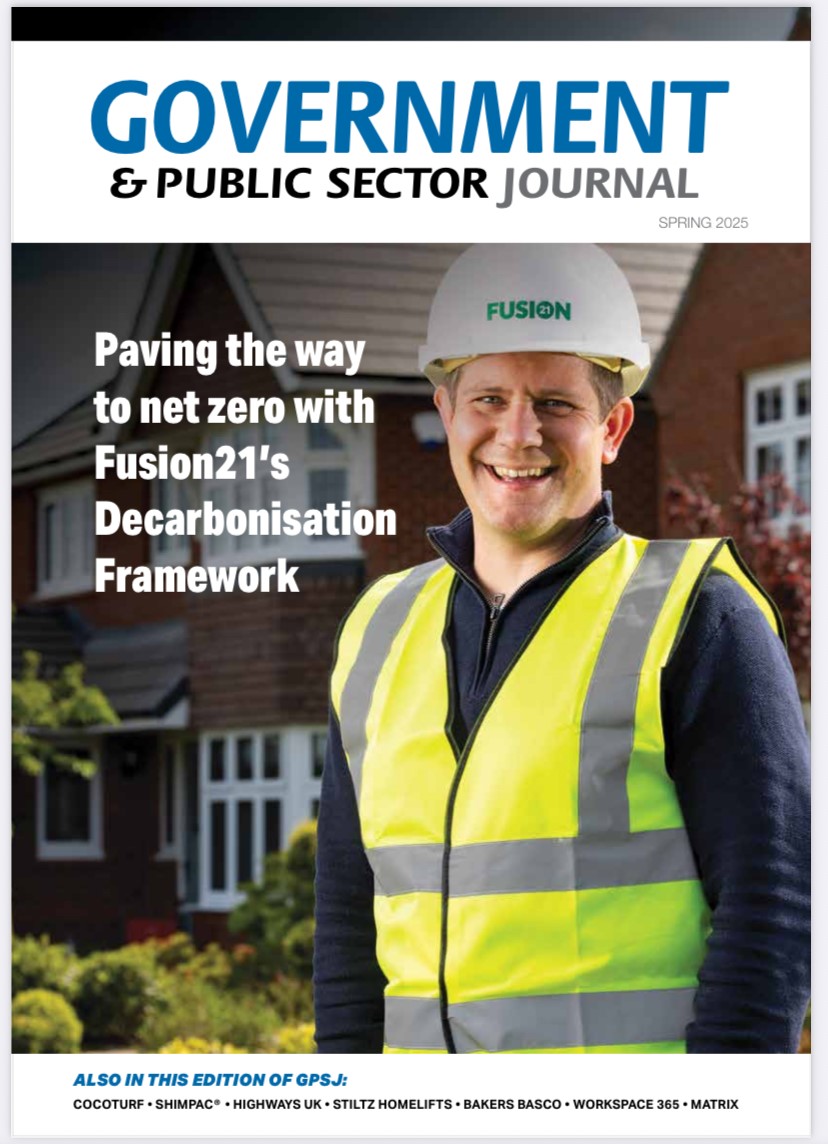Before we can hope to achieve best practice, we need to address ‘best thinking’ – that is, to assess the patterns of thinking amongst our managers. How managers think will affect the way they manage and interact with their team, ultimately affecting the success or failure of a project or initiative.
In order to bring a project to a successful conclusion and if they are to develop and maintain a strong relationship within their team, a manager needs to have a clear sense of their role.
Over recent years I have started to consider how people think and whether everyone has a mental crib sheet, a ‘to do’ list in their head. As a trainer and mentor, I am a great supporter of management training which focuses on competence and behaviour, but I also believe that the way managers think has a huge impact on their management style.
In fact, I was so convinced that the way managers think defines them as leaders, shaping the way they allocate their time, making decisions and ultimately delivering, that we at pearcemayfield decided to conduct some research into the subject. We carried out a modest research study among practicing portfolio, programme and project managers and assessed the views of their senior managers on their abilities.
The study revealed some intriguing patterns of thinking and it quickly became apparent that the most highly regarded managers are those with a clear sense of direction, who understand why they make a particular decision and are able to articulate the reason for making that decision. This self-awareness doesn’t come easily to everyone and can separate the drivers from the driven.
We asked our sample of managers to make their own personal action list at a particular point in their project or initiative and, of course, no two lists were the same. Where some people are inclined to concentrate the majority of their time reacting to and solving problems, others spend their time more proactively – clearly separating the managers into two groups. We also found that everyone does have a mental cribsheet but that the think-act mechanism varies from one person to another.
The self-aware manager should understand that relationships are central to success and this trait did emerge from our findings, with the leaders showing a distinct bias towards developing and maintaining relationships. By committing between 60 to 85 per cent of their time to engaging with stakeholders, our high performing managers illustrated they were thinking about their relationships in a real and active way, rather than just ticking the right boxes.
Most of us are able to examine the success or failure of our projects and programmes and have the means to measure the performance of individuals. Research from Harvard indicates that personal performance is actually based on being part of a team and on joining a new team those previously performing well experience a drop in performance. If this is the case then perhaps we also need to address the role of the extended team.
From other studies among high-performing project managers it has been revealed that there is a tendency for them to assess unexpected issues which arise before committing them to a formal part of the management process or logging system.
These high performers advocate a cooling off period when faced with unforeseen circumstances, on the premise that many apparently serious issues often come to nothing. They believe it is unnecessary to complicate matters by formally recording an issue which can force unnecessary urgency and demand on the management team.
It seems to come quite naturally to the successful project manager to build extra time, or what we call a personal float, into their working schedules, to allow sufficient time to cover for unplanned events. Interestingly, not everyone in our study was able to work in this way, or was capable of thinking ahead, leading us to examine the ‘knowing-doing’ gap. This differentiation between people seems to come down to someone’s level of self-awareness and self-confidence which they constantly measure against their management capabilities.
Out of our study three particular patterns emerged relating to the way project, programme and portfolio managers think. They are all self-aware, have a bias towards building relationships and an ability to build a personal margin into their thinking.
When looking at how to get the best performance out of our managers which will lead to the benefit of them individually, the members of their team and the business as a whole, if we just focus on best practice, we are missing an important piece of the jigsaw. We obviously need to continue to concentrate on management training in core competencies, but until we start to think about our thinking we will not truly benefit from best practice.
John Edmonds is an experienced project and programme manager and head of training and development at pearcemayfield www.pearcemayfield.com. He was on the authoring team of the highly acclaimed version of the project management method PRINCE2, released in 2009. John writes in his blog called The Opsimath.








Recent Comments